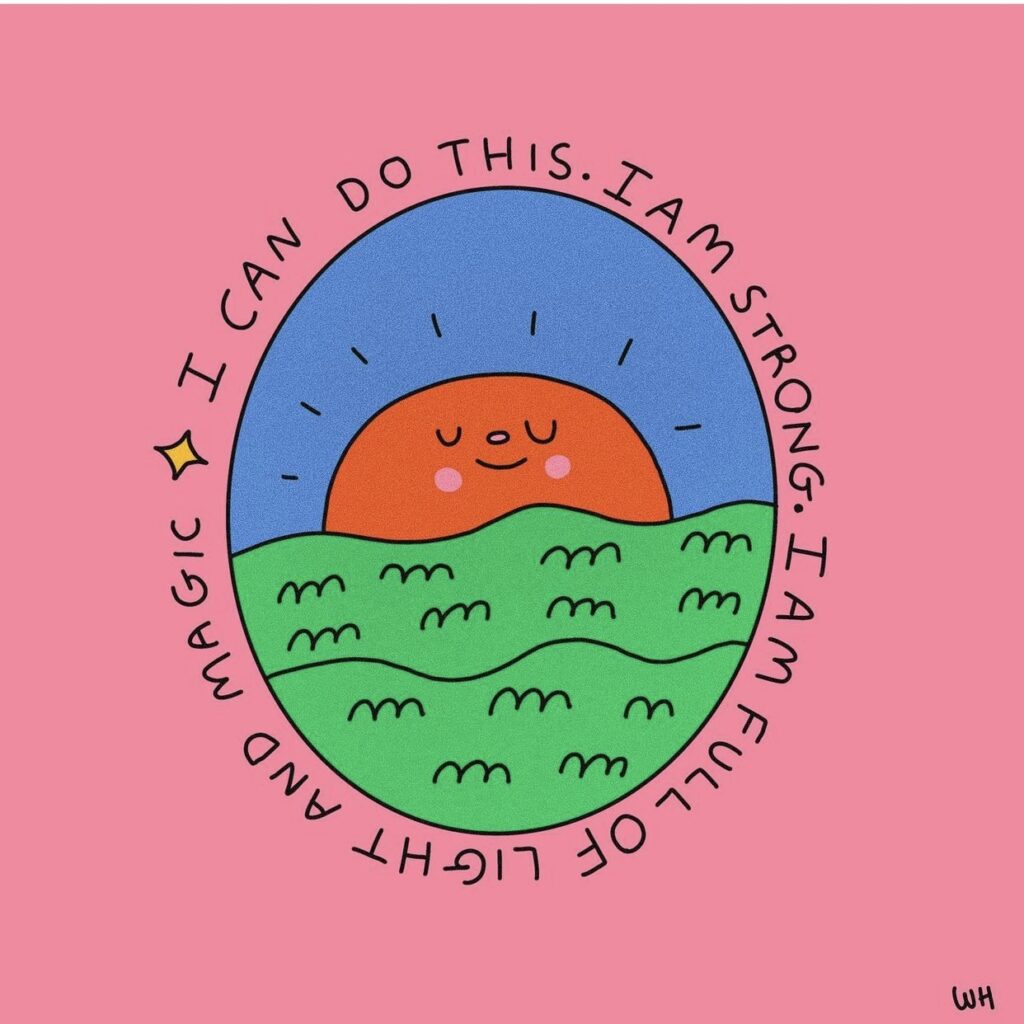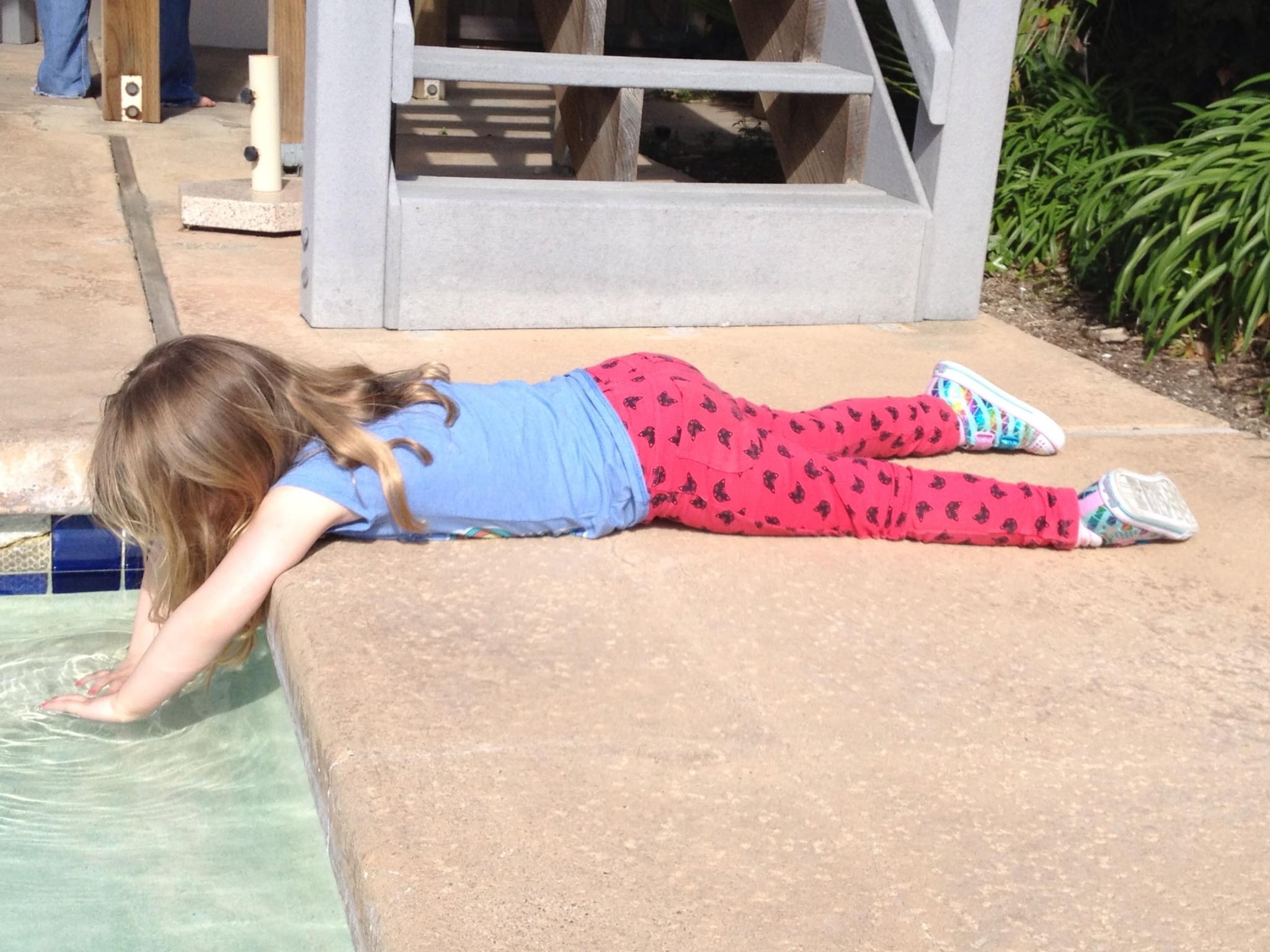
Topping the list of the ten most difficult topics anyone could ever talk about, the topic of self-harming kiddos is a doozy.
Truth time: non-suicidal self-harm or self-injury (NSSI) by young tweens and teens is not something I ever thought I would write about here.
I honestly don’t want to admit that I know anything about this topic. It feels shameful, uncomfortable and bad.
However, I know that the stigma and silence around mental health issues makes them feel twice as bad – so let’s shed some light on the topic.
As a parent, when you find out your tween or teen has scratched, cut or otherwise harmed themself, the natural reaction is “does this mean I’m a terrible parent?” and “did I cause this in some way?!”
In truth, our child’s self-harming behavior may have absolutely nothing to do with us. By the time they are tweens, our kiddos may have entire personal lives separate from us; it’s one of the hardest things to come to grips with as a parent.
Non-suicidal self-harm or self-injury is fairly common in young teens. It is not a disorder or diagnosis but can be a symptom of mental health issues like anxiety or depression. It is more prevalent in girls and in LGBTQIA+ kiddos.
Self-harm is nothing new. I remember classmates cutting when I was a teen, and I dabbled in a bit of nontraditional self-harm myself. Some might even say that body piercing and tattoos are a form of self-harm, but I don’t personally see them that way.
For me, the scariest thing about a kiddo self-harming is the association between this behavior and possible suicidal ideation or attempts later on. That thought terrifies me and makes my blood run cold.
I know there are parents out there who are struggling with self-harming kiddos and that makes me want to help.
I have a strong personal drive to share, support others and do good by bringing hard things into the light… even if it feels super scary while I’m doing it. We can do brave things – and sometimes it can help.
So, here are some tips and resources I’ve found to be useful. This is in no way intended to be a replacement for professional help.
How do I help my self-harming child?
- Practice love and compassion. As you probably know if you’ve been reading my blog for some time, we always try to lead with love and empathy in our house. That doesn’t mean we always get it right – but we try. And if we get it wrong, we apologize and try to quickly get back to love and compassion. If a child is self-harming, they are not acting up – they are acting out inner pain that is very real to them. A child in pain deserves love and compassion – and give yourself a little extra self-compassion while you’re at it!
- Text for help. The nonprofit Crisis Text Line has an intro to self-harm page with some good tips. Kiddos can also text for real-time support in a crisis to help keep them from self-injuring. Simply text HOME to 741741 for free, 24/7 crisis counseling. I worked as a crisis hotline volunteer in college and it was scary, yet rewarding way to serve others. I often wonder if I should get re-trained and serve as a crisis hotline volunteer again.
- Get creative. Have art and doodling supplies nearby at all times so your child can draw, journal, paint or doodle their emotions instead of turning to self-harm. Making art can help people process emotions. Our counselor recommended therapeutic painting as a self-soothing technique and I know it has helped Xage in the past. Kiddos who self-harm need to find healthier ways to work through hard emotions and find release.
- Reach out to other parents. It helps to know you’re not alone and that other parents are struggling with these issues. I found an active support group on Facebook for parents of children and teens who self-harm. While you may read some scary horror stories there, you will also glean helpful tips (like these Bic Body Markers I just ordered so kiddo can draw on themself as an alternative).
- Find a counselor. If someone self-harms, they need to talk to a professional counselor – period. Self-harm is serious. While the intention behind self-harm usually is not suicide, it can still be dangerous—both physically and emotionally. Talking to someone who can help tweens and teens find alternatives to self-harm without shaming or blaming is incredibly important. Most therapy is happening online via video calls these days, but it still helps!
- Provide alternatives. According to Mallory Grimste, a teen counselor with her own Youtube channel and blog, distracting and delaying from self-harm only goes so far: kids need actual alternatives. She provides a list of 33 physical alternatives to self-harm that is worth a read (or you can watch the video version).
- Offer Bactine and bandaids. If your child comes to you in the moments after they have self-harmed, try not to panic or freak out (I write this as a reminder to myself, because I have a tendency to do both). Get them cleaned up with Bactine and bandaids, be gentle and kind, and avoid shaming or blaming. Kids self-harm because they are feeling a lot of pain and want a release valve, or because they’re feeling numb and want to feel something real. Either way, a little TLC can go a long way – both for the kiddo themself and for us as parents.
In addition to the above tips and resources, I also find the usual mental health boosters (like time outside in nature, good sleep, good nutrition, physical activity, time with friends, laughter and petting animals) surely can’t hurt in self-harm situations, either.
If you have other tips and advice for parents of kiddos who self-harm, I’m all ears in the comments below or over on Facebook. And if any of this has been helpful to you, please do let me know.




Comments
Comments are closed.